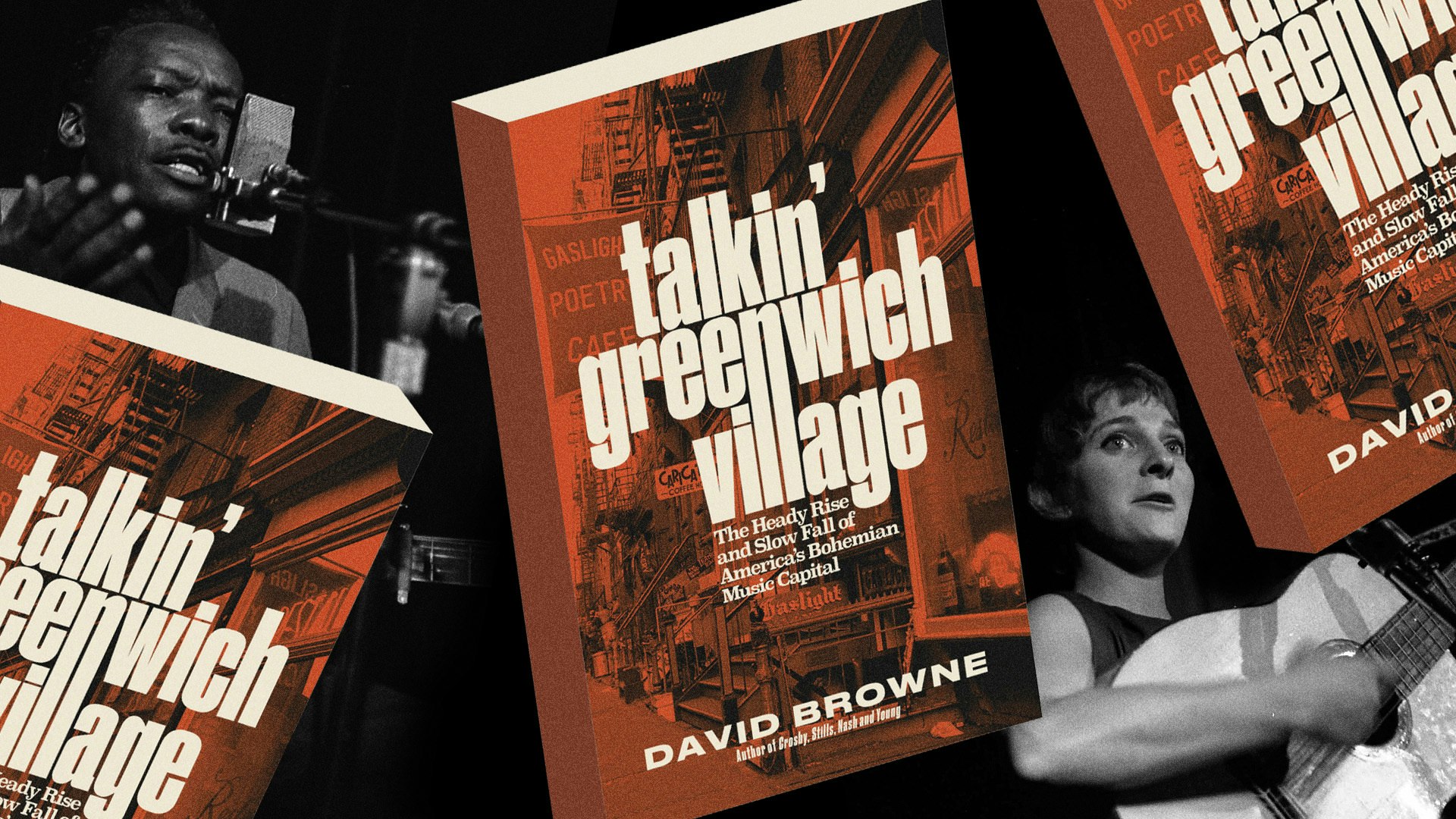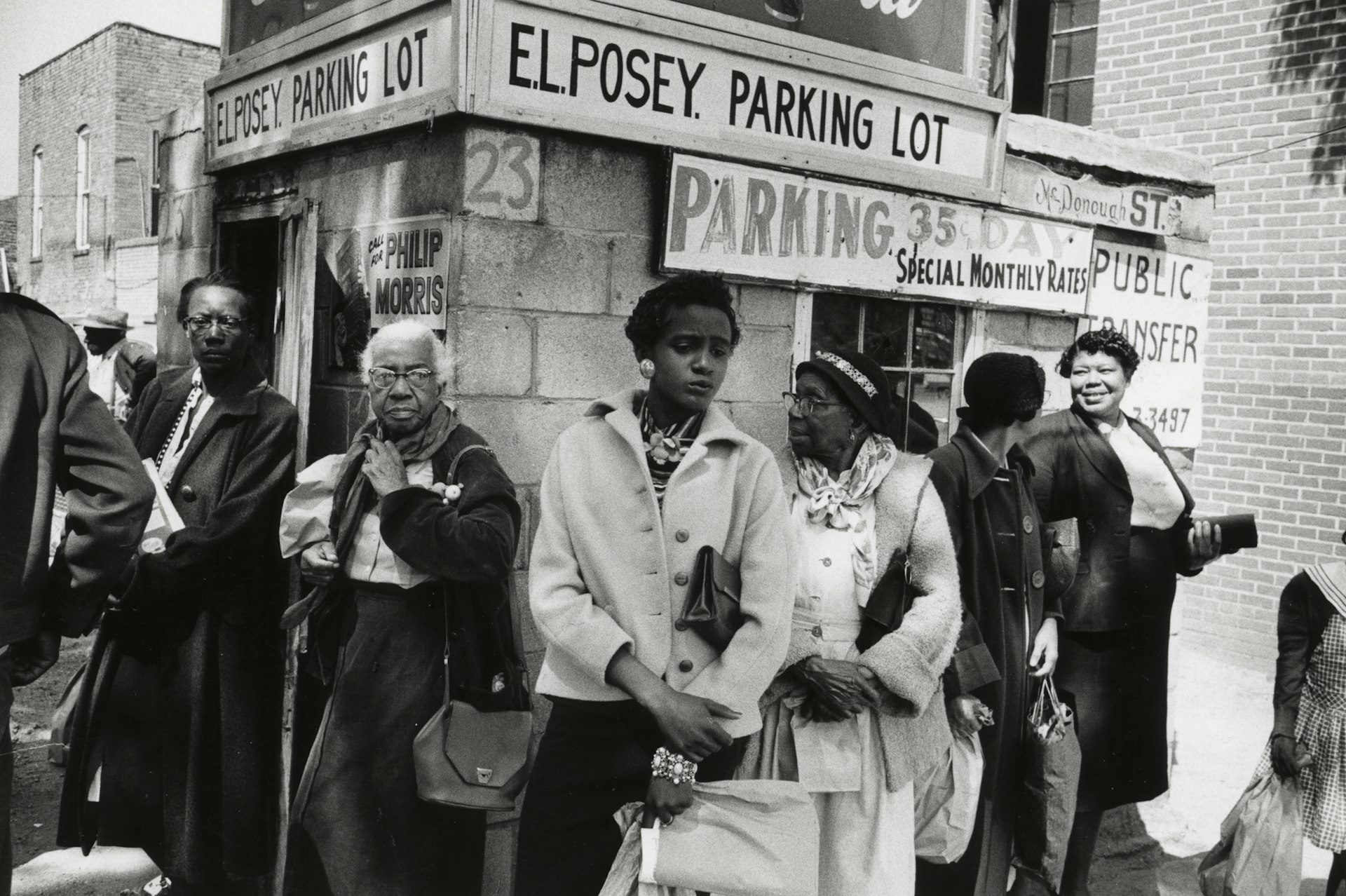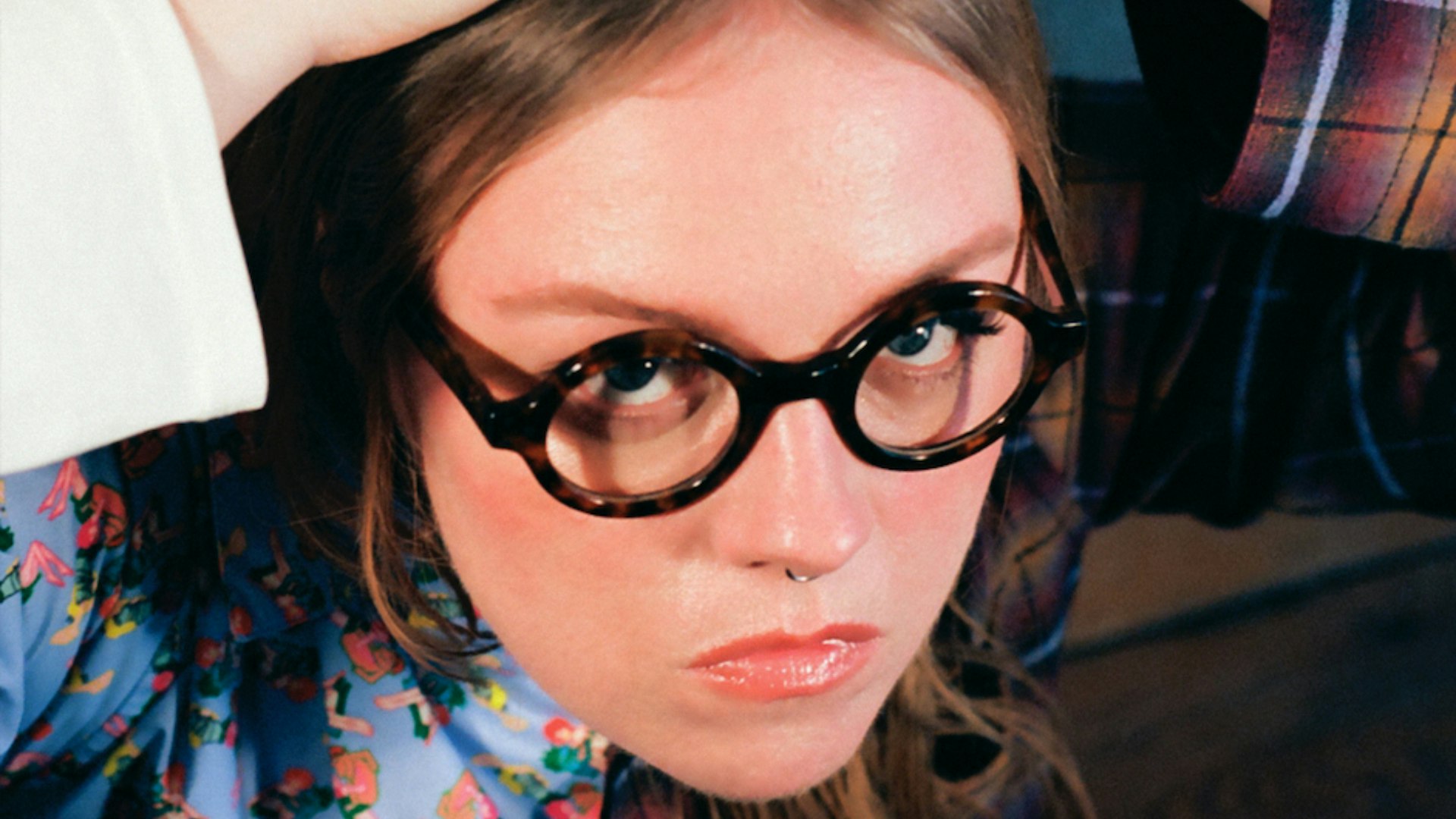Martin Parr opens gallery for British documentary photographers
- Text by Alex Robert Ross
- Photography by Martin Parr / Magnum

The Martin Parr Foundation, set up in 2014 to support and sustain the work of British documentary photographers, will open its brick and mortar location in Bristol next month. The architect-designed space in the Paintworks complex will be home to works from a wide range of British photographers – such as Keith Arnatt, Richard Billingham, Elaine Constantine, John Davies, Paul Graham, Ken Grant, and John Hinde – while also preserving the work of Parr himself, one of the most celebrated documentary photographers of the last 50 years.
The gallery’s first exhibition, Parr’s own Black Country Stories, will open on October 25 and run through to January 2018. That will be followed by Niall McDiarmid’s portraits project, Town to Town, before David Hurn’s Swaps – a print collection built mostly through swapping – takes over in the spring.
“Post-war British documentary photography continues to be underappreciated and I wanted to make a small contribution to rectify this,” Parr said in a statement. “The Foundation will support and preserve the legacy of photographers who made, and continue to make, important work focused on the British Isles.” We caught up with him to find out more.

Glasgow, Scotland, 1980 © Raymond Depardon / Magnum Photos

Untitled, 1995 © Richard Billingham
What do you think makes British photography stand out, specifically?
I think our particular strength is documentary work – and this is the main emphasis I’m looking at with my foundation. In a sense I’m trying to correct what I think is a bit of an oversight from the rest of the art and photography world in this country, to give it more prominence and try and promote it. It’s easier to like fine artists rather than documentary photographers. Documentary is too real – it’s about the world, and I think people prefer the escapism of landscape and fine art photography.
What makes you so drawn to documentary work?
I’ve been a documentary photographer for 45 years, so I’m constantly fascinated by the world in which we live. The place I spent the most time photographing is Britain, and it gives me a chance to express the contradictions and the ambiguity and the love-hate that I feel about this country. And also to try and build a substantial archive of the last 40 years of what happened in Britain. This was almost like a calling and I just can’t stop photographing.

Youth on Wall, Jarrow, Tyneside, 1976 © Chris Killip

Tired drink picture, 1986 from the series ‘Looking for love’ © Tom Wood
How have your feelings towards Britain changed over the years?
When I started doing colour in the 80s, it was very much Thatcher’s Britain. I was very anti-Thatcher, so that gave me a bit of an edge, and that edginess has been revived by living in the Brexit times – I’m very anti-Brexit, a solid remoaner.
What do you think makes photography the ideal medium?
The great thing about photography is that you can do it on your own – you don’t have to be commissioned, you can just go ahead and take photographs. It means you have this opportunity to create something which hopefully will encompass all these different elements. The world is so fascinating – people are interesting, this country is fascinating. How it’s changing is fascinating.
You’ve never stopped photographing – did you ever, even once, feel stagnant?
No! I don’t have those moments where you don’t know what to do. There’s always something I want to go and photograph. I never run out of ideas. My frustration is I can never get enough done.

Harrodsburg © Dougie Wallace / INSTITUTE

The Royal wedding between Kate Middleton and Prince William. Residents outside their home on Clare Road, Walsall, The Black Country, England, UK, 2011. From the series ‘Black Country Stories’. © Martin Parr / Magnum Photos
For someone who wants to be a photographer but they don’t know where to start or are anxious about being bad?
They should photograph things that are important to them. Friends, places, their favourite cafe, their favourite restaurant. Things that mean something to people – that’s important. If you’re doing something familiar that you have strong feelings about, that’ll incentivise you to get it right, and show it at its best or worst, whatever it is you feel. And just keep taking photographs – people don’t take enough. Because they’re lazy. Most people don’t take photography very seriously.
Not because they think they’ve taken something perfectly straight away?
There’s no such thing as the perfect photo, really. You have to just keep going. Of course – most of the photos that I take are rubbish. You have to take all those bad ones to get the good ones.
The Foundation’s Bristol location will offer educational events, public talks, group visits, and private research sessions. It’ll be open to the public Wednesday – Saturday. Find out more about the project at the Martin Parr Foundation’s website.
Enjoyed this article? Like Huck on Facebook or follow us on Twitter.
Latest on Huck

In the ’60s and ’70s, Greenwich Village was the musical heart of New York
Talkin’ Greenwich Village — Author David Browne’s new book takes readers into the neighbourhood’s creative heyday, where a generation of artists and poets including Bob Dylan, Billie Holliday and Dave Van Ronk cut their teeth.
Written by: Cyna Mirzai

How Labour Activism changed the landscape of post-war USA
American Job — A new exhibition revisits over 70 years of working class solidarity and struggle, its radical legacy, and the central role of photography throughout.
Written by: Miss Rosen

Analogue Appreciation: Emma-Jean Thackray
Weirdo — In an ever more digital, online world, we ask our favourite artists about their most cherished pieces of physical culture. Today, multi-instrumentalist and Brownswood affiliate Emma-Jean Thackray.
Written by: Emma-Jean Thackray

Meet the shop cats of Hong Kong’s Sheung Wan district
Feline good — Traditionally adopted to keep away rats from expensive produce, the feline guardians have become part of the central neighbourhood’s fabric. Erica’s online series captures the local celebrities.
Written by: Isaac Muk

How trans rights activism and sex workers’ solidarity emerged in the ’70s and ’80s
Shoulder to Shoulder — In this extract from writer Jake Hall’s new book, which deep dives into the history of queer activism and coalition, they explore how anti-TERF and anti-SWERF campaigning developed from the same cloth.
Written by: Jake Hall

A behind the scenes look at the atomic wedgie community
Stretched out — Benjamin Fredrickson’s new project and photobook ‘Wedgies’ queers a time-old bullying act by exploring its erotic, extreme potential.
Written by: Isaac Muk